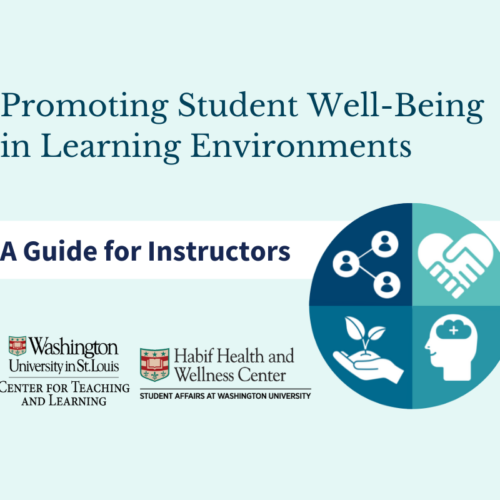Encouraging Completion of Assigned Reading
Almost all faculty, or 97 percent, think it’s “important” or “very important” for students to come to class having completed their assigned reading, but only three percent think students actually do their reading, according to results from the 2018 Faculty Survey of Student Engagement. The professors’ suspicions are not unfounded, as many studies demonstrate a drop in student reading outside of class. The trend often persists into adulthood.
Still, there are many ways that faculty can encourage the completion of assigned reading. A recent article in The Chronicle of Higher Education outlines methods from professors including Mary E. Hoeft from the University of Wisconsin at Eau Claire’s Barron County campus, Eric Mazur, a professor of physics and applied physics at Harvard University, and Evan Carton from the University of Texas at Austin. Hoeft in a 2012 paper, “Why University Students Don’t Read,” showed that 46 percent of students from two sections of a first-year seminar claimed that they had read the assignments, but only 55 percent of that group could demonstrate basic comprehension of the material. Hoeft presented quizzes as a way to remedy the situation.
Mazur and his colleagues developed a program called Perusall that combines deep analytics and simple tools to encourage students to adopt better study habits including completing assigned reading. The program allows students to highlight and annotate each other’s reading of texts and helps professors see how long students spend on every page. The platform has already garnered impressive results: More than 90 percent of students read all but a few of the assignments they were given, according to results from a study published by Mazur.
Finally, Evan Carlton from the University of Texas relies on six steps to get students from all disciplines to read. The steps include paraphrasing, observing, contextualizing, analyzing, arguing, and reflecting on the material.
Other tips for encouraging students to complete assigned reading include tying reading to a grade; not summarizing everything in the reading during class; asking students to use higher-order skills rather than only recall during class; using different media; explicitly tying out-of-class reading to in-class discussions; and teaching reading skills.






